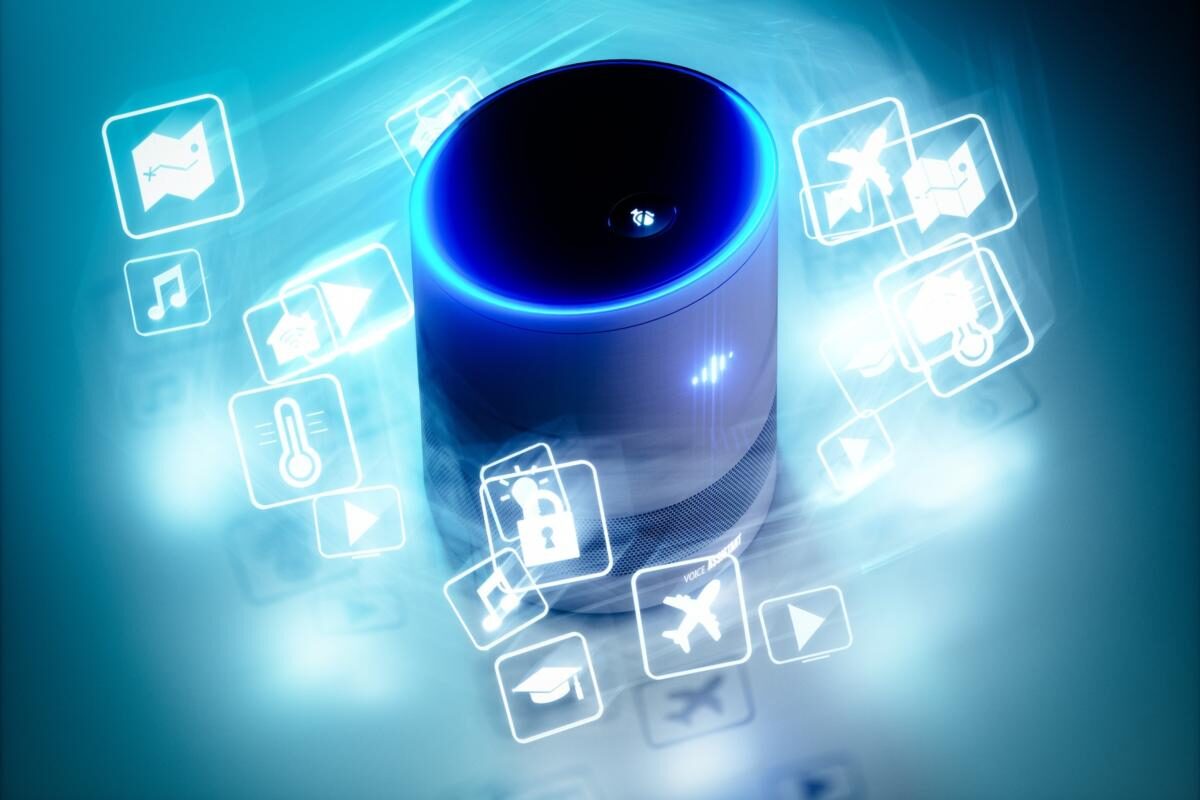Before the COVID-19 pandemic even existed, the Dutch government faced another environmental problem in the construction industry. Nowadays, construction companies in the Netherlands deal with environmental-based issues due to the harmful emission of Nitrogen and PFAS-gases. Because of these emissions, the government restricted many construction activities temporally, which gave entrepreneurs and CEO’s sleepless nights. This situation seems like another setback for Dutch companies, but what if a possible solution for this problem can be found in combining a new design technology with the way your old LEGO is fabricated?
The bright-colored and prefabricated LEGO stones are still one of the greatest commercial successes in the toy industry, but why? While the stones are quite limited on their own, combining them gives endless construction possibilities in a child’s mind. Prefabricated construction elements can be compared with this. Jobsites are often too small for all the needed machinery and materials to construct the different parts of a new skyscraper or housing block. This raises costs and lengthening the construction time for all kinds of projects. Therefore, assembling a variety of structural components at a manufacturing site and transporting those parts to the construction site upon completion will lead to more cost-efficiency. This cost-efficiency is caused by the economy of scale; hence a lot of elements are duplicated in the same factory instead of individually constructed at the building site. Efficient, but not really an innovation, hence the English already used prefabricated constructions in their projects many years ago. Nevertheless, combining these prefabricated elements with a new technology in the construction industry called Building Information Modeling (BIM) may lead to groundbreaking developments and a solution to the ecological footprint.
But what is BIM? Building Information Modeling is a new technology that contains parametric information combined with object relationships. This supports the simulation and construction of a project virtually while permitting experimentations by modification of design parameters. Therefore, the big advantage of using BIM is the availability of a virtual version of the construction to test with. BIM enables a digital design-to-work flow that saves a lot of money and time. The technology changes the workflow of a project in a way that a lot of phases start much earlier. Because of this, modeling begins faster, and the involved parties are triggered to make more precise decisions. The technology enables that correcting occurred problems in the constructions goes quicker and cost less. Accordingly, the prefabricated economy of scale effect can be implemented in the BIM design software to improve efficiency in the traditional workflows. Modelers can use these prefabricated building elements (e.g. walls, roofs) as guidelines to design new projects faster and in a simpler way.
Therefore, combined the BIM technology with prefabricated constructions will lead to more time and cost-efficient processes, but how will it solve the environmental problems? This can be found in the increasing quality, safety, and sustainability while combining these technologies. The quality of a project will increase because factory-controlled processes and the indoor environment protects the elements and ensure a predetermined quality level. As already stated earlier, this quality level is ideal for Building Information Modelers because it will save a lot of design and reproduction time. Secondly, the factory settings make it easier to control health and safety and therefore will lead to fewer accidents on site. Thirdly, from an environmental perspective, combining prefab with BIM will lead to less site disturbance, closely managed material flow, and construction waste. Accordingly, it will help to preplanned assembly/disassembly, which will decrease the environmental impact of construction.
Using the Building Information Modeling technology as an addition to prefabricated construction elements will lead to better forecasts and fewer problems of unexpected internal and external factors. A combination of the two will help in both ways, hence it is more cost and time-efficient and it reduces the emissions of nitrogen and PFAS-gases. The rapidly growing world population and increasing environmental problems demand a sustainable and innovative construction industry. Combining BIM with prefabricated construction elements can form the required fundamentals of this shift and start an innovative drive in a predominantly conservative industry.
How BIM can reduce the footprint of construction companies.
10
October
2020


